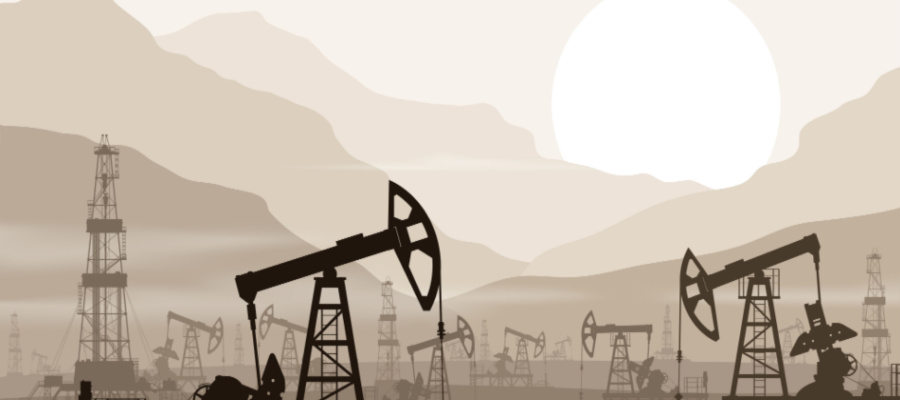Cedar LNG: Chronicles of a petro-state in the age of climate change

A final investment decision in June 2024 by Cedar LNG highlights the challenges and contradictions of BC’s climate and energy policies. For the BC government, this is the model industrial project: it creates jobs and development in the North, has a major Indigenous partner in the Haisla Nation and will meet the low-emissions target established last year for new LNG plants.
The main problem is the planet is burning. Cedar LNG would lock in substantial carbon emissions globally for decades into the future at a time when the world is reeling from climate change. Through 2024, we have seen heat records topple in Asia, Latin America and Africa, while floods and other extreme weather events that used to happen only rarely are daily news.
BC has had its share of extreme weather events related to climate change, which we estimated to be between $11 and $16 billion in damages in 2021 alone for three extreme weather disasters (heat dome, wildfires and flooding) and more than 600 lives lost. Wildfires in the summer remain a threat despite cooler, wetter weather in recent weeks.
The ostensibly low-emissions profile of Cedar LNG is restricted to the LNG plant itself. By using cleaner BC Hydro grid electricity, Cedar LNG can mostly avoid burning gas to power its facility.
This points to another challenge: meeting new electricity demand from Cedar LNG and others. In addition to the Site C dam coming online in 2025, BC Hydro has issued calls for new electricity generation and is planning new transmission capacity for mining and LNG development in the North.
The main problem is that the planet is burning.
Importantly, these new projects will occur on First Nations lands and must have a minimum 25% stake from local First Nations.
New electricity supply will be costly and at rates higher than prospective LNG players will want to pay. A likely consequence is that other BC Hydro ratepayers will pay more so the province can provide subsidized electricity to LNG and mining operations.
Meanwhile, these projects will compete with the need to supply clean electricity for transportation, buildings and industry in the South.
Electrification of the LNG plant does not change the fact that Cedar LNG is a fossil fuel project. Economic benefits in the North must be set against the global urgency—as set out in the 2015 Paris Agreement—to shrink and then eliminate the use of energy from fossil fuels.
Outside the LNG terminal there will be carbon emissions and other environmental impacts in the Northeast of BC where fracked gas will be sourced. Some 1.25 million tonnes of CO2 will be added to BC greenhouse gas inventory, representing a 2% increase over current levels. While this increase is modest, it’s yet another step in the wrong direction.
Not counted in BC’s GHG inventory are the emissions from the export of LNG and its final combustion in another country. Based on standard emission factors, the planned 3 MT of LNG exported per year from Cedar LNG is equivalent to downstream emissions of 8 Mt of CO2 per year.
True economic development and reconciliation, however, does not need to be anchored in fossil fuel projects.
While it is plausible that LNG from BC could displace coal use in other jurisdictions like China, this is not guaranteed. In any event, over the lifecycle from extraction through to final combustion, research suggests there is no benefit to the transition from coal to gas.
Failing to challenge the growth of the oil and gas sector is a big part of why BC is set to miss its 2025 and 2030 targets by a wide margin. Extraction and processing of fossil fuels comprises more than one-quarter of BC’s GHG emissions. Since 2017 production of natural gas in BC is up 44% and more than 140% since BC first legislated greenhouse gas reduction targets in 2007.
The federal government is also providing subsidies to Cedar LNG. Through Export Development Canada, the project will receive up to $500 million in low-cost financing.
Continuing to promote the expansion of the sector is completely at odds with BC’s GHG reduction targets. Projects like Cedar LNG and LNG Canada, with decades-long lifespans, will make it virtually impossible to meet our longer-term 2040 and 2050 targets.
The final investment decision is historic for the Haisla Nation, which will own 50.1% of the Cedar LNG project. True economic development and reconciliation, however, does not need to be anchored in fossil fuel projects.
A stronger push towards clean energy supply projects (as in the case of BC Hydro) and regenerative economics could be truly transformative. To get there, the BC government needs to stop acting like a petro-state and instead be a true climate leader.
Topics: Environment, resources & sustainability, Fracking & LNG

